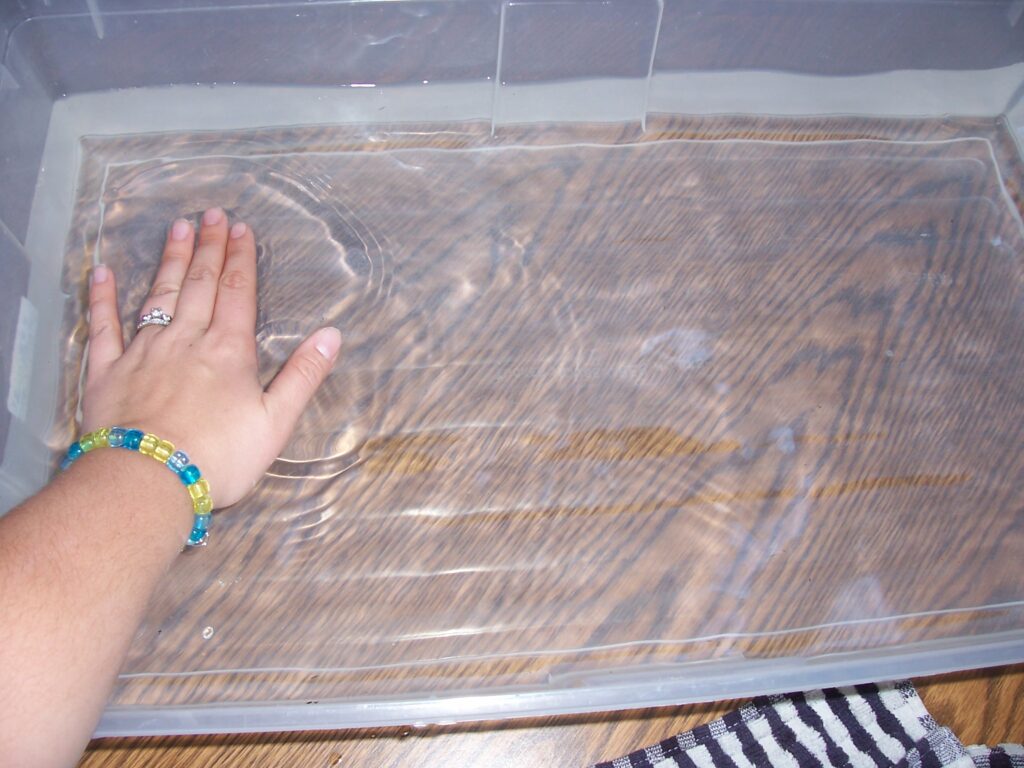May 22, 2019
 We know that teachers are always looking for new ways to demonstrate sound and waves in their classroom. How do you teach something you can’t see or touch? We have some great ideas.
We know that teachers are always looking for new ways to demonstrate sound and waves in their classroom. How do you teach something you can’t see or touch? We have some great ideas.
Read on to hear what our customers are saying about some of their favorite EI sound and waves teaching tools. If you have a favorite Educational Innovations product, we invite you to send us a comment below. We’d love to share your review with your fellow teachers and science lovers.
Read the rest of this entry »
 Leave a Comment » |
Leave a Comment » |  College level, Elementary level, energy, High School level, Middle School level, Physics, sound | Tagged: amplitude, Educational Innovations, energy, frequency, hands-on activity, homeschool, parent friendly, phenomenon based learning, Physics, physics demonstration apparatus, properties of sound, science, sound, sound experiments, sound waves, vibration |
College level, Elementary level, energy, High School level, Middle School level, Physics, sound | Tagged: amplitude, Educational Innovations, energy, frequency, hands-on activity, homeschool, parent friendly, phenomenon based learning, Physics, physics demonstration apparatus, properties of sound, science, sound, sound experiments, sound waves, vibration |  Permalink
Permalink
 Posted by Donna Giachetti
Posted by Donna Giachetti
January 10, 2014
 The Chinese Spouting Bowl
The Chinese Spouting Bowl
by Ted Beyer
When we are at one of the many educational shows we attend each year, teachers often ask what our favorite products are. I always point at two items – our eddy current materials (here’s that post!) and The Chinese Spouting Bowl. When I mention the bowl, invariably I hear – “yeah, I have seen that in the catalog – does it really work?” The simple answer is yes, yes it does. It not only works, it is amazing to see work, not that hard to make work, and most importantly, it can also be a powerful teaching tool. In fact, the Chinese Spouting Bowl is an ancient and fascinating object that can bring many different science scientific principals into the classroom in an unexpected way.
 Leave a Comment » |
Leave a Comment » |  energy, High School level, Middle School level, Physics, sound | Tagged: amplitude, anti-nodes, Chinese Spouting Bowl, frequency, nodes, PBL, phenomenon based learning, phenomenon-based science, resonance, science, sound experiments, sound waves |
energy, High School level, Middle School level, Physics, sound | Tagged: amplitude, anti-nodes, Chinese Spouting Bowl, frequency, nodes, PBL, phenomenon based learning, phenomenon-based science, resonance, science, sound experiments, sound waves |  Permalink
Permalink
 Posted by Tami O'Connor
Posted by Tami O'Connor
June 9, 2012
 by: Michelle Bertke
by: Michelle Bertke
Sound can be a difficult concept to portray because the sound waves cannot be seen or touched. Luckily, there are several at home experiments that demonstrate the properties of sound waves.
Water tank to show ‘Sound Waves’
You can use a fish tank half filled with water to give a visual demonstration  of ‘sound waves’. Water is a perfect medium to show the propagation of waves. This demonstrates how sound waves travel though the air. There are two ways to display this activity. One way is to simply press your hands onto the top of the water and allow the waves to be made by the pressure of your hand. This allows students to see how waves travel though a medium. You can also use this to point out the aspects of a wave such as frequency and amplitude. Another way to show waves is to place a speaker next to the tank and allow the sound to produce the waves. This can show that sound is a form of pressure just like your hand. Read the rest of this entry »
of ‘sound waves’. Water is a perfect medium to show the propagation of waves. This demonstrates how sound waves travel though the air. There are two ways to display this activity. One way is to simply press your hands onto the top of the water and allow the waves to be made by the pressure of your hand. This allows students to see how waves travel though a medium. You can also use this to point out the aspects of a wave such as frequency and amplitude. Another way to show waves is to place a speaker next to the tank and allow the sound to produce the waves. This can show that sound is a form of pressure just like your hand. Read the rest of this entry »
 Leave a Comment » |
Leave a Comment » |  Elementary level, energy, experiments | Tagged: frequency, PBL, phenomenon based learning, phenomenon-based science, pitch, properties of sound, science, sound experiments, sound waves, tone, vibration |
Elementary level, energy, experiments | Tagged: frequency, PBL, phenomenon based learning, phenomenon-based science, pitch, properties of sound, science, sound experiments, sound waves, tone, vibration |  Permalink
Permalink
 Posted by Tami O'Connor
Posted by Tami O'Connor
 We know that teachers are always looking for new ways to demonstrate sound and waves in their classroom. How do you teach something you can’t see or touch? We have some great ideas.
We know that teachers are always looking for new ways to demonstrate sound and waves in their classroom. How do you teach something you can’t see or touch? We have some great ideas.


 Posted by Donna Giachetti
Posted by Donna Giachetti 

 by: Michelle Bertke
by: Michelle Bertke